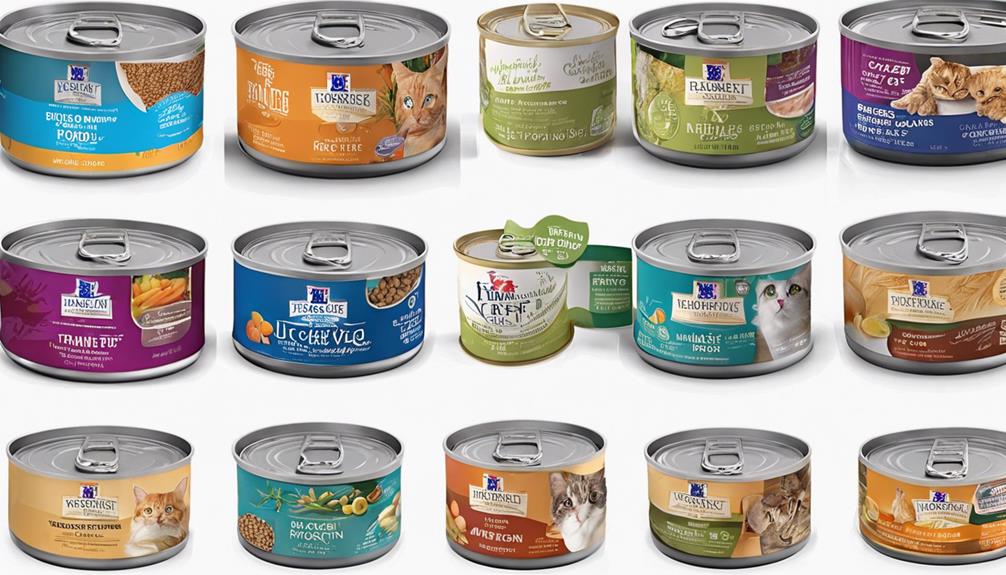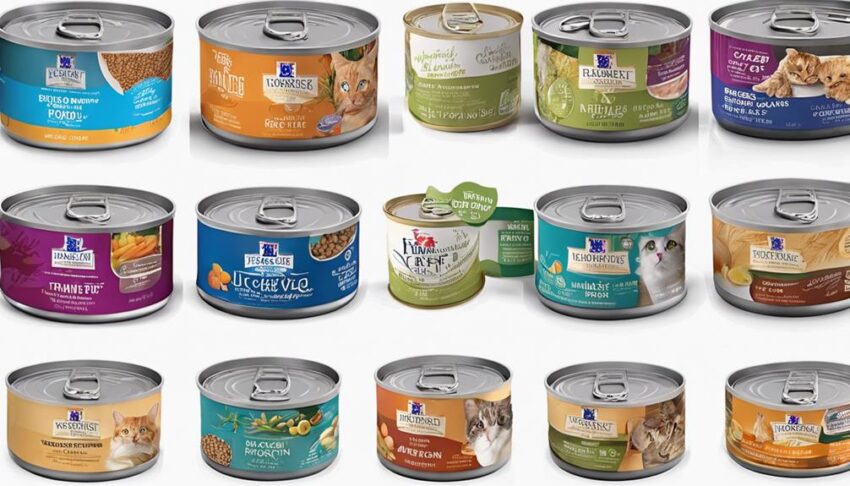
The Ultimate Guide to Top Grain Free Cat Food: Health, Benefits, and Best Choices
As a responsible cat owner, you’re always striving to provide the best nutrition for your feline companion. In recent years, grain free cat food has surged in popularity, prompting many to reconsider their cat’s dietary needs. But what exactly is grain free cat food, and why is it becoming a preferred option for so many cat lovers? This comprehensive guide will delve into the world of top grain free cat food, exploring its benefits, potential drawbacks, and helping you make informed decisions about your cat’s diet.
Understanding Grain Free Cat Food
Grain free cat food, as the name suggests, excludes grains like corn, wheat, soy, and rice. Instead, it relies on alternative carbohydrate sources such as potatoes, sweet potatoes, peas, and lentils. The rationale behind this shift lies in the understanding of a cat’s natural diet. Cats are obligate carnivores, meaning their bodies are biologically designed to thrive on a protein-rich diet derived primarily from animal sources. Grains, on the other hand, are not a natural component of a cat’s ancestral diet.
The Rise of Grain Free Diets
The increasing interest in grain free cat food is fueled by several factors:
- Digestive Sensitivity: Some cats exhibit sensitivities or allergies to grains, leading to digestive issues like vomiting, diarrhea, and skin problems. Eliminating grains can alleviate these symptoms.
- Nutritional Philosophy: Many believe that a diet mimicking a cat’s natural prey – high in protein and low in carbohydrates – is inherently healthier.
- Marketing and Consumer Demand: Pet food manufacturers have responded to the growing demand for grain free options, offering a wide variety of formulas.
Benefits of Top Grain Free Cat Food
Switching to a top grain free cat food can offer several potential benefits for your feline friend:
- Improved Digestion: For cats sensitive to grains, a grain free cat food can significantly improve digestion and reduce gastrointestinal upset.
- Healthier Skin and Coat: Grain allergies can manifest as skin problems. Removing grains can lead to a healthier, shinier coat and reduced itching.
- Increased Energy Levels: A protein-rich, grain free cat food can provide sustained energy levels, supporting your cat’s active lifestyle.
- Better Weight Management: Some argue that grain free cat food can aid in weight management by promoting satiety and reducing carbohydrate intake.
- Reduced Allergies: By eliminating common allergens like corn and wheat, grain free cat food can help minimize allergic reactions.
Choosing the Best Grain Free Cat Food: Key Considerations
With a plethora of grain free cat food options available, selecting the right one can be overwhelming. Here are some crucial factors to consider:
High-Quality Protein Sources
Prioritize cat foods that feature real meat, poultry, or fish as the primary ingredient. Look for specific protein sources like chicken, turkey, salmon, or duck, rather than vague terms like “meat by-products.” The higher the protein content, the better. Cats need animal protein for optimal health.
Limited Carbohydrates
While grain free cat food eliminates grains, it’s essential to be mindful of the carbohydrate content from other sources like potatoes and peas. Choose formulas with moderate carbohydrate levels to avoid unnecessary weight gain. Check the ingredient list; ingredients are listed in descending order by weight.
Essential Nutrients
Ensure the grain free cat food contains all the essential nutrients your cat needs, including vitamins, minerals, and taurine (an amino acid crucial for heart and eye health). Look for a statement indicating that the food meets the nutritional levels established by the Association of American Feed Control Officials (AAFCO).
Avoid Artificial Additives
Opt for grain free cat food free from artificial colors, flavors, and preservatives. These additives offer no nutritional value and can potentially be harmful to your cat’s health.
Consider Life Stage and Health Conditions
Choose a grain free cat food formulated for your cat’s specific life stage (kitten, adult, senior) and any existing health conditions. For example, a cat with kidney disease may require a food with lower phosphorus levels. Consult with your veterinarian for personalized recommendations. [See also: Cat Food for Sensitive Stomachs]
Top Grain Free Cat Food Brands: A Comparative Overview
While individual preferences vary, several brands consistently receive high ratings for their grain free cat food formulas. Here’s a brief overview of some popular options:
- Orijen Cat & Kitten: Known for its high protein content and biologically appropriate ingredients. This food mimics a cat’s natural diet.
- Acana Regionals: Another excellent option from Champion Petfoods (the same manufacturer as Orijen), featuring regional ingredients and a focus on whole prey nutrition.
- Taste of the Wild: Offers a variety of grain free cat food formulas with unique protein sources like venison and salmon.
- Blue Buffalo Wilderness: A popular grain free choice with a focus on natural ingredients and added LifeSource Bits (a blend of vitamins and antioxidants).
- Wellness CORE: Provides a range of grain free cat food options with high protein content and no artificial additives.
- Merrick Purrfect Bistro Grain Free Recipes: Offers a variety of flavors and textures, focusing on high-quality ingredients.
Potential Drawbacks of Grain Free Cat Food
While grain free cat food can be beneficial for many cats, it’s crucial to be aware of potential drawbacks:
- Higher Cost: Grain free cat food is often more expensive than conventional cat food due to the higher cost of alternative carbohydrate sources.
- Potential for Weight Gain: Some grain free formulas can be high in calories, potentially leading to weight gain if not carefully monitored.
- Dilated Cardiomyopathy (DCM) Concerns: The FDA has been investigating a potential link between grain free cat food (and dog food) containing high levels of peas, lentils, and other legumes and the development of DCM, a heart condition. While the investigation is ongoing, it’s wise to discuss this concern with your veterinarian.
- Not Always Necessary: Not all cats require a grain free diet. If your cat tolerates grains well and shows no signs of digestive issues or allergies, there may be no need to switch.
Transitioning to Grain Free Cat Food
If you decide to switch your cat to a grain free cat food, it’s essential to do so gradually to avoid digestive upset. Here’s a recommended transition schedule:
- Day 1-3: Mix 25% new food with 75% old food.
- Day 4-6: Mix 50% new food with 50% old food.
- Day 7-9: Mix 75% new food with 25% old food.
- Day 10: Feed 100% new food.
Monitor your cat’s stool during the transition. If you notice any signs of diarrhea or vomiting, slow down the transition process. [See also: Understanding Cat Food Labels]
Consulting with Your Veterinarian
Before making any significant changes to your cat’s diet, it’s always best to consult with your veterinarian. They can assess your cat’s individual needs and recommend the most appropriate grain free cat food based on their health status, age, and lifestyle. They can also help you rule out any underlying health conditions that may be contributing to digestive issues or allergies.
Conclusion: Making Informed Choices for Your Cat’s Health
Grain free cat food can be a valuable option for cats with grain sensitivities or allergies. By understanding the benefits, potential drawbacks, and key considerations outlined in this guide, you can make an informed decision about whether a grain free diet is right for your feline companion. Remember to prioritize high-quality protein sources, monitor carbohydrate levels, and consult with your veterinarian for personalized recommendations. Providing the best possible nutrition is a cornerstone of responsible cat ownership, ensuring a long, healthy, and happy life for your beloved pet. Ultimately, the best grain free cat food is the one that best meets your cat’s individual needs and promotes their overall well-being. Always read labels carefully and select options from reputable brands. Choosing the right diet is an important part of caring for your feline friend, and understanding top grain free cat food options is a great place to start.
